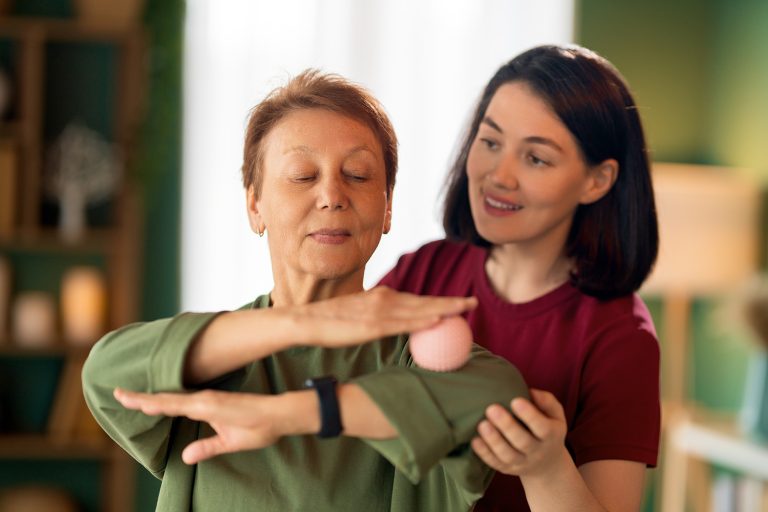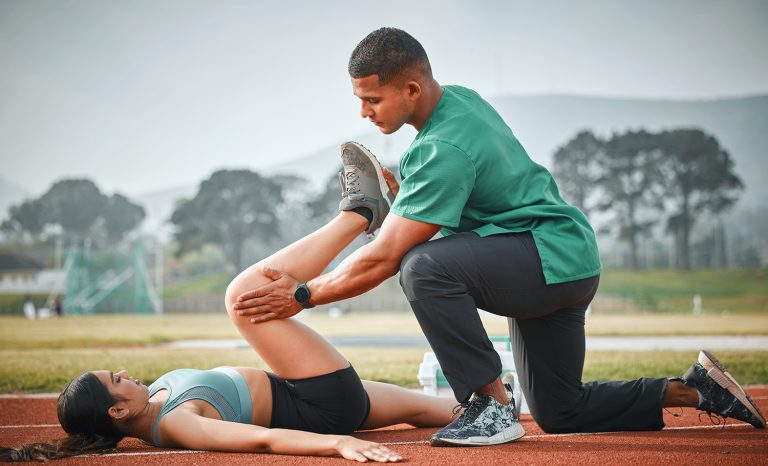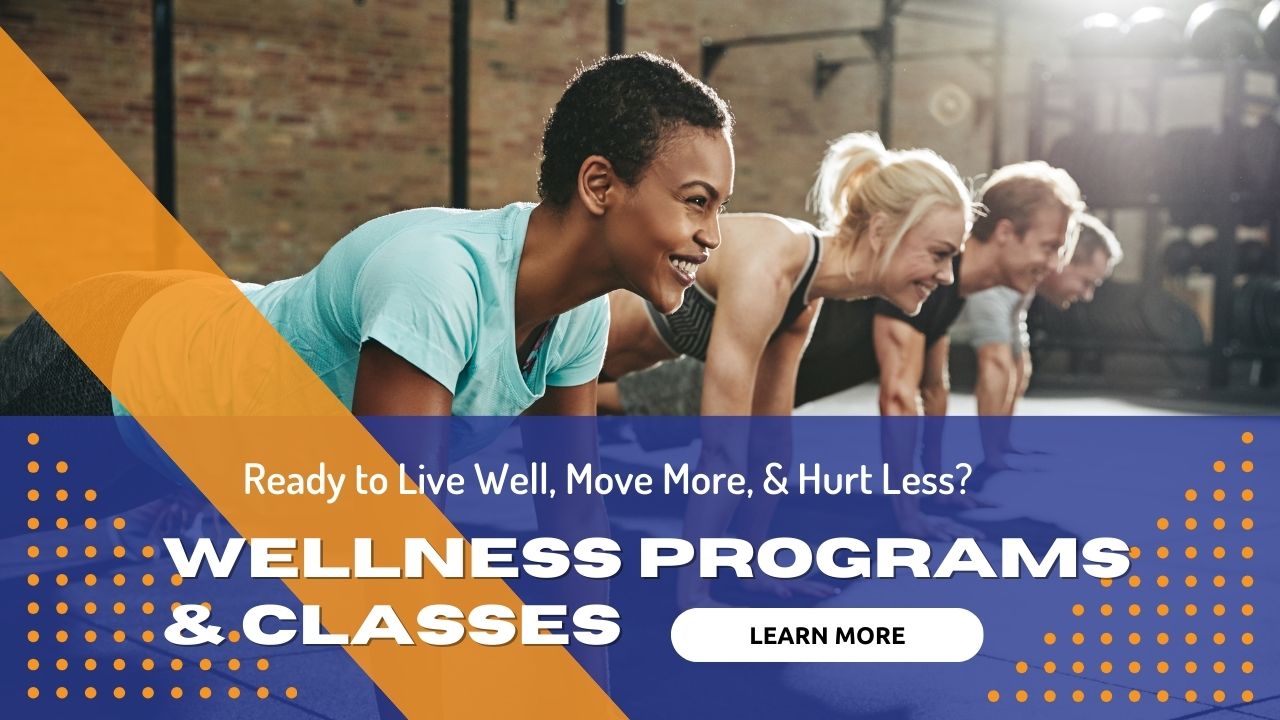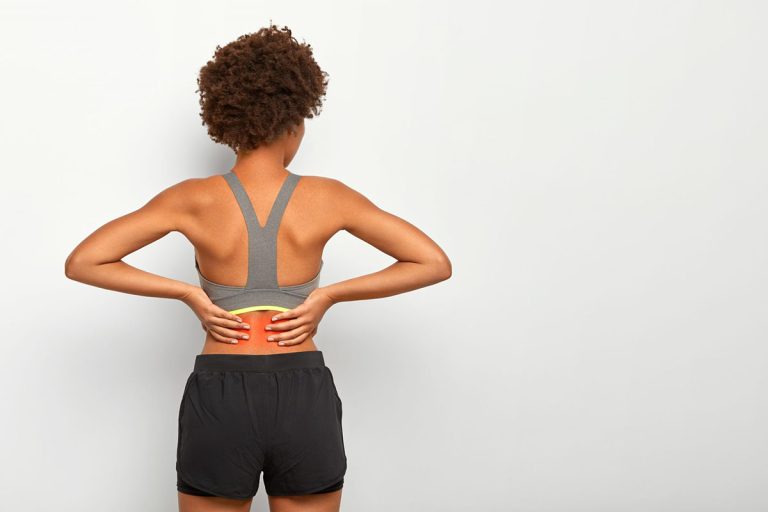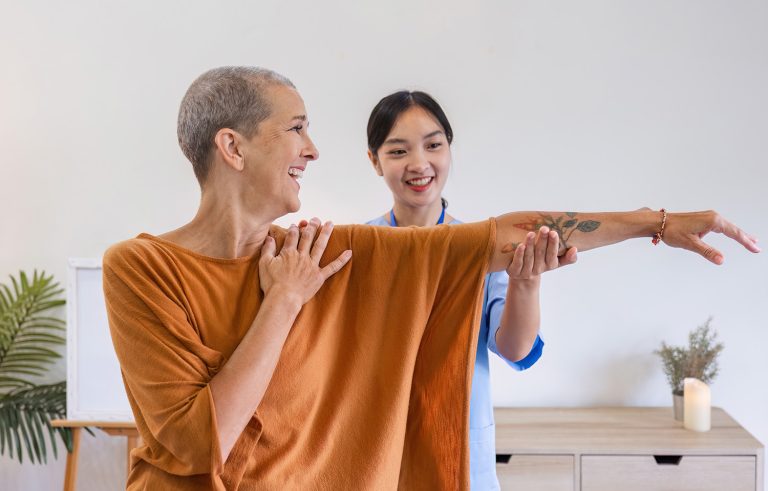
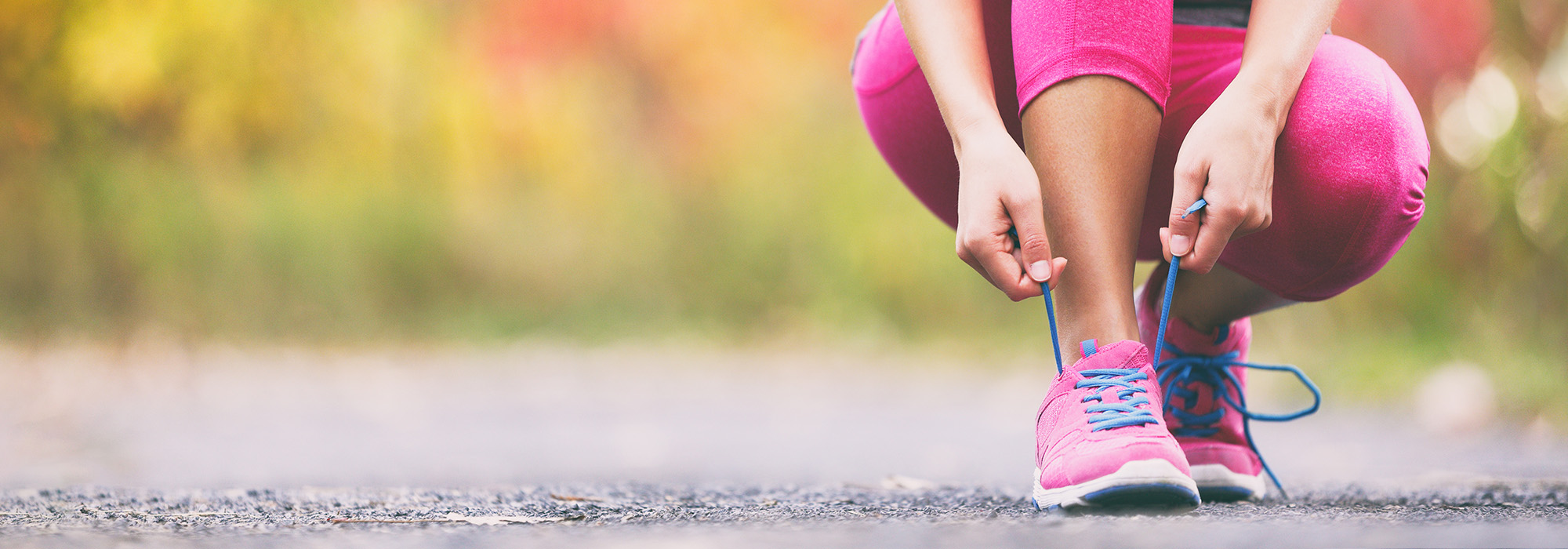
How to Find The Right Sneakers for You
During times of nice weather many of you are eager to get outside for a walk with your dog or begin a 5k or half-marathon training program. Whatever your interest, finding the right sneakers for you is always a wise idea. I am frequently asked by my runners for recommendations for shoes, looking for ways to improve performance or prevent injury. This question just as frequently comes up with my patients in the geriatric population (or more often their caregivers or loved ones) who are now having difficulty with walking related to collapsed arches or other chronic foot conditions.
So, here are a few things to consider when looking for the right sneakers for you:
- By far the most important factor is comfort. If the shoes don’t feel good, you are not going to where them. I am constantly encouraging my patients to visit a local running store and have them assess your feet and fit you for an appropriate pair of shoes. There is not one ideal running shoe, rather there is the ideal running shoe for you, and ultimately you decide that. We are all built a little bit differently, some of us with higher arches and others with lower arches, some with a second toe longer than the first, and still others with a wide or narrow foot. Based on some of these factors, generally some shoes will work better for you than others in terms of comfort and fit. However, in terms of injury prevention, the research does not support assigning shoes based on foot type. Other factors, such as smoking habit and low aerobic fitness, are more predictive of injury.
- Make sure to have a little extra room at the end of your shoe to prevent problems at your toes, such as hammer or claw toes, blisters, calluses, or ingrown toenails.
- If you have a narrow or wide foot, ensure you get your shoe in the appropriate width. If a shoe doesn’t accommodate for a narrow foot, you may end up with blisters on your heel (I have had firsthand experience with this, very painful!). Here is the runner’s knot which can further prevent heel slippage. On the other hand, if the shoe does not accommodate for a wider foot, you may end up with calluses along the inside of your arch and further irritate bunions that might already be present.
- Consider purchasing an over-the-counter insole which can further improve the fit and comfort of the shoe. These are a favorite of mine.
And even after purchasing the right sneakers for you, there are a few things to keep in mind:
- Gradually transition into a new pair of shoes. You may be more likely to experience some aches and pain if you go out and run 10 miles in a new pair of shoes; start off with shorter runs and gradually increase wear time to allow your body time to accommodate to the new shoes.
- In order to maximize the life of your shoes, you may want to consider rotating your shoes, especially if you are training for a longer distance race.
- When should you replace your shoes? The general rule of thumb for runners is to replace your running shoes every 300-400 miles. If you are not an avid runner and use your shoes for daily wear and occasional exercise, then you might want to consider new shoes if you begin to develop new aches or pain in your lower extremities or you notice increased wear and loss of tread on the bottom of your shoes.
Shoes are unable to prevent injuries, but they can cause or treat an injury. If you find yourself having increased pain with activity that doesn’t improve with new shoe wear, ice or rest, then contact your local physical therapist who can perform a thorough evaluation and address your impairments more specifically. Now that you have some education on this topic, head over to your local running store, purchase a pair of shoes that you find the most comfortable, and get moving!
By Dr. Barbara Brafford, Physical Therapist, Orthopedic Clinical Specialist
Please Share
categories
Recent Posts
categories

How to Find The Right Sneakers for You
During times of nice weather many of you are eager to get outside for a walk with your dog or begin a 5k or half-marathon training program. Whatever your interest, finding the right sneakers for you is always a wise idea. I am frequently asked by my runners for recommendations for shoes, looking for ways to improve performance or prevent injury. This question just as frequently comes up with my patients in the geriatric population (or more often their caregivers or loved ones) who are now having difficulty with walking related to collapsed arches or other chronic foot conditions.
So, here are a few things to consider when looking for the right sneakers for you:
- By far the most important factor is comfort. If the shoes don’t feel good, you are not going to where them. I am constantly encouraging my patients to visit a local running store and have them assess your feet and fit you for an appropriate pair of shoes. There is not one ideal running shoe, rather there is the ideal running shoe for you, and ultimately you decide that. We are all built a little bit differently, some of us with higher arches and others with lower arches, some with a second toe longer than the first, and still others with a wide or narrow foot. Based on some of these factors, generally some shoes will work better for you than others in terms of comfort and fit. However, in terms of injury prevention, the research does not support assigning shoes based on foot type. Other factors, such as smoking habit and low aerobic fitness, are more predictive of injury.
- Make sure to have a little extra room at the end of your shoe to prevent problems at your toes, such as hammer or claw toes, blisters, calluses, or ingrown toenails.
- If you have a narrow or wide foot, ensure you get your shoe in the appropriate width. If a shoe doesn’t accommodate for a narrow foot, you may end up with blisters on your heel (I have had firsthand experience with this, very painful!). Here is the runner’s knot which can further prevent heel slippage. On the other hand, if the shoe does not accommodate for a wider foot, you may end up with calluses along the inside of your arch and further irritate bunions that might already be present.
- Consider purchasing an over-the-counter insole which can further improve the fit and comfort of the shoe. These are a favorite of mine.
And even after purchasing the right sneakers for you, there are a few things to keep in mind:
- Gradually transition into a new pair of shoes. You may be more likely to experience some aches and pain if you go out and run 10 miles in a new pair of shoes; start off with shorter runs and gradually increase wear time to allow your body time to accommodate to the new shoes.
- In order to maximize the life of your shoes, you may want to consider rotating your shoes, especially if you are training for a longer distance race.
- When should you replace your shoes? The general rule of thumb for runners is to replace your running shoes every 300-400 miles. If you are not an avid runner and use your shoes for daily wear and occasional exercise, then you might want to consider new shoes if you begin to develop new aches or pain in your lower extremities or you notice increased wear and loss of tread on the bottom of your shoes.
Shoes are unable to prevent injuries, but they can cause or treat an injury. If you find yourself having increased pain with activity that doesn’t improve with new shoe wear, ice or rest, then contact your local physical therapist who can perform a thorough evaluation and address your impairments more specifically. Now that you have some education on this topic, head over to your local running store, purchase a pair of shoes that you find the most comfortable, and get moving!
By Dr. Barbara Brafford, Physical Therapist, Orthopedic Clinical Specialist
Please Share



